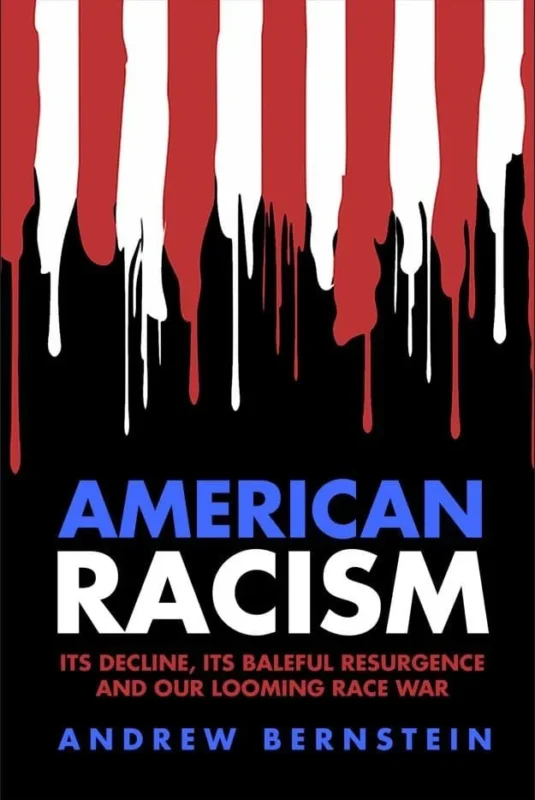From one perspective, this week’s rally in the Nasdaq seems incredible. Although pummeled by a barrage of bad earnings and earnings warnings from technology companies last week, the Nasdaq managed to rally for four consecutive days — the first time this has happened in seven months.
But from my perspective, it’s not incredible at all. In fact, it’s quite logical. A year ago, when technology companies were reporting record earnings and strong guidance, the market sold off as buyers anticipated worse days to come. This week, when technology companies were reporting horrible earnings and worse guidance, the market rallied as buyers anticipated better days to come. Or, as the Wall Street Journal put it, the market goes down then buyers are afraid all of the good news is out, and the market goes up when buyers believe all of the bad news is out.
In fact, the entire reasoning behind Salomon Smith Barney’s upgrade of the chip sector seemed to be, “Things have never been this bad before, and therefore conditions are more likely to improve than worsen from here.” Well, time will tell.
I have always held that much of this is self-fulfilling prophecy. If enough people believe the market will crash, their collective act of selling will cause it to crash. If enough people believe that the market will rally, their collective act of buying will engender a rally.
There has been a subtle shift in market psychology last week….a feeling that things are more likely to get better from this point forward than worse. As Thunderclap Newman said, “call out the instigators, because there’s something in the air.” And while the volume is not indicative of new money entering the market, money has been shifting from defensive stocks back into technology, which is a good sign.
In a past column, I predicted that the first few interest rate cuts would have not lasting impact on the bear market, just as the first few rate hikes had not slowed the bull market. Today, I’m here to tell you that the next rate cut counts.
Will it be a V shaped recovery? A U shaped recovery? Neither, I think. My guess is that we are looking at a modified V or modified U, depending on your perspective. A gentle slope up, followed by a steeper slope later this year or early next year, depending on when the market anticipates better earnings. Having said that, it is entirely possible that the Nasdaq will still end up in negative territory for the year, given how far it has fallen since January 1.
When the Fed cuts rates again, even the biggest baddest grizzlies will begin to doubt that the market can go down forever, and new money will begin to flow into the market.
That’s not to say that some bears won’t attempt to use Stupid Statistics in an attempt to bring the markets to new lows. If a stock falls from $100 to $10, and then rallies to $20, bears will be crying that the stock has doubled in value and is due for a major correction, ignoring that the stock has in a relatively short period of time still lost 80% of its value.
I am also encouraged that more people are recognizing: that many technology companies have lower price to book value ratios than many blue chip companies.
That doesn’t mean there won’t be another washout on the road to recovery. A lot depends on people like John Roth, CEO of Nortel Networks. If Roth confesses on the next earnings conference call that he has absolutely no idea of what he is doing, and if he elects not to give guidance for the next quarter, that is a good thing, believe it or not. If, on the other hand, he provides earnings guidance, and then warns three separate times during the next quarter, as he did this quarter, the market will interpret each warning as another nail in the coffin of technology. Remember — the world is full of average people, and John Roth is living proof that such people can rise to the very top of the corporate ladder.
But even if there is a washout along the way, the line from here through the end of the year and beyond will have an upward slope. Believe it and be invested.









